Turkish grammar is wonderfully logical but structurally distant from English. If you translate Turkish to English frequently, you already know the struggle: sentences feel backward, modifiers grow endlessly, verbs appear only at the very end, and meaning gets packed into a single word. These differences make Turkish a translator’s playground—but also a technical challenge. While experienced linguists navigate these structures with ease, literal translation quickly becomes unreadable for English users. That’s why deep grammatical understanding is essential for localization.
In this article, we’ll break down six Turkish grammar structures that regularly frustrate English translators. From agglutination and flexible word order to omitted subjects and participle-heavy constructions, each structure demands careful handling when crafting natural English output. You’ll learn how these forms work in Turkish, why they break down in English, and how professionals restructure sentences to improve clarity. If you’re looking to elevate your Turkish to English translation skills—or simply understand why this language pair is famously difficult—this guide will give you the clarity you need.
- The Verb-Last Structure (OVS vs. SVO)
Turkish sentences often place the verb at the very end, creating long build-ups that work perfectly in Turkish but feel exhausting in English. For example:
“Yarın sizinle konuşmak istediğimi söylemeyi unutmuşum.”
A literal translation becomes convoluted. Translators must reorder the sentence into English’s SVO structure:
“I forgot to tell you that I want to speak with you tomorrow.”
Sentence restructuring is not optional; it’s the foundation of natural English localization.
- Agglutination: Meaning PackedIntoOne Long Word
Turkish is agglutinative—meaning multiple suffixes can attach to a root word, creating long, meaning-dense structures. English typically expresses these ideas with extra words.
Example: “Evlerinizdenmişsiniz” contains root + plural + possessive + case + copula.
English must unpack this into separate words:
“It seems you were from your homes.”
Without proper unpacking, English translation becomes confusing and unnatural.
- Omitted Subjects (Pro-Drop Structure)
Turkish frequently drops subjects because verb conjugations already reveal who is acting. English cannot do this.
A sentence like “Geldim” requires the translator to explicitly add:
“I came.”
This becomes more complex in longer sentences where the dropped subject might shift. Translators must track context carefully to avoid ambiguity—especially in localization for UI text, legal documents, and dialogue.
- Nested Participles and Relative Clauses
Turkish often stacks meaning into participle-heavy phrases:
“Dün gördüğüm adamın arabası…”
Instead of:
“The car of the man that I saw yesterday…”
In English, nested structures sound clunky, so translators simplify them into smoother relative clauses. This is especially crucial in marketing content, where readability determines user trust.
- Flexible Word Order for Emphasis
Turkish allows word order variations to emphasize certain information. English is much more rigid; moving elements around can sound unnatural or confusing.
Example emphasis in Turkish:
“Ben yarın geliyorum.”
But in English, emphasis must be created through tone or added phrasing:
“As for me, I’m coming tomorrow.”
Translators must identify the focus and rephrase accordingly—not mimic Turkish order.
- Excessive Use of Verbal Nouns (-mek, -me)
Turkish often uses verbal nouns where English prefers finite verbs or gerunds.
Example:
“Yapmam gerekiyor.”
Translators must choose between:
“I need to do it,” “I must do it,” or “I have to do it.”
These choices depend on tone, context, and user intent. Overuse of literal “doing” forms leads to awkward English.
Conclusion
Turkish grammar is elegant, but its structure diverges sharply from English. These differences explain why literal translations often feel clumsy or confusing. Mastering Turkish to English translation requires more than basic proficiency; it demands total awareness of syntax, logic, emphasis, and clarity. Whether you’re restructuring a verb-heavy sentence, unpacking an agglutinated word, or converting participles into smoother English clauses, every choice affects readability. The more you understand Turkish grammar, the more naturally you can adapt it for English audiences.
Professional translators don’t simply convert words; they reshape meaning so the final message feels natural, polished, and intuitive. If you work in localization—whether for apps, TV, business documents, or marketing—syntax awareness is your greatest tool. Keep practicing restructuring, keep listening to how English readers expect information, and continue refining your linguistic instincts. With time, these translations won’t just be accurate—they’ll feel effortless.
FAQs
- Why do Turkish verbs appear at the end of sentences?
It’sthe natural syntactic order of the language: Subject–Object–Verb. - Is Turkish grammar harder than English?
Not necessarily—just structurally different, which complicates translation. - Whycan’tEnglish drop subjects like Turkish does?
English verbs don’t contain enough information to indicate the subject. - How do translators handle agglutinated words?
They unpack them into multiple English words based on context. - Do syntax issues affect app localization?
Yes—UI text must be short, clear, and structured for quick readability.


